When you ask someone to think of a sports car, odds are good they’ll say the Mazda Miata. The car is so well-made and so well-loved that it’s practically become the default answer for all things sports car. Attractive, affordable, balanced, and fun; there’s a reason it’s an all-time great, so what do you do when it isn’t the solution? What are your options when you actually need something even smaller than a Miata, but still want to keep it Japanese?
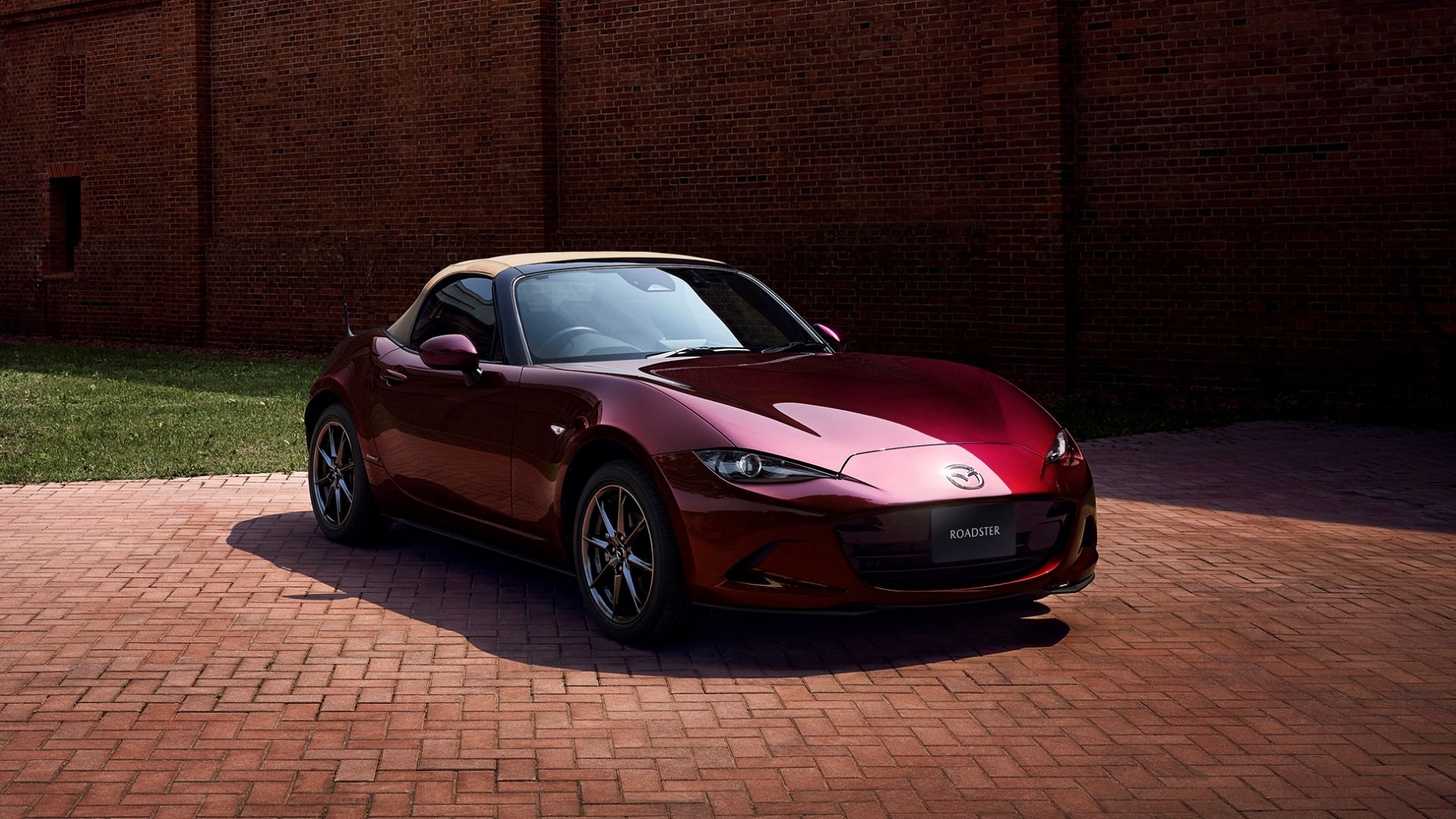
2025 Mazda MX-5 Miata
- Base MSRP
-
$29,330
- Base Trim Engine
-
2.0-Liter I4
- Base Trim Transmission
-
6-Speed Manual
- Base Trim Horsepower
-
181 HP @ 7,000 RPM
- Base Trim Torque
-
151 LB-FT @ 4,000 RPM
Well, you look at a Kei car, of course. This exclusive class of Japanese vehicles is known for low horsepower and a tiny footprint, but this small packaging creates vehicles with great handling and surprisingly boisterous powertrains. They’re unlike anything we have in America, which is why they’ve become popular options for people looking to import something different. We’ve chosen 10 Kei sports cars that feature a smaller footprint than the legendary Miata, and although not all of them can be imported or feature the same drivetrain, all of them are worth checking out if you ever make it to Japan.
We’ve compiled 10 great Japanese Kei sports cars that are smaller than the 2025 Mazda MX-5 Miata and ordered them from oldest to newest.
1
Suzuki Alto Works
First Model Year: (1987)
|
Layout |
Front-engine, front- or all-wheel drive |
|---|---|
|
Engine |
Turbocharged 657 & 658cc I3 |
|
Body Style |
3-door hatchback |
|
Generations |
4 (spanning multiple Alto platforms) |
|
Cool Factor |
Factory hot hatch with turbo power |
The Suzuki Alto Works is an iconic model that goes all the way back to 1987 and has the distinction of being one of the very first Kei cars to offer turbocharging and fuel injection straight from the factory. Suzuki continued to give the Alto Turbo model more performance modifications until it was too much, and quickly Works models like the RS-S, RS-X, and RS-R arrived, with additions like AC (RS-X) and AWD (RS-R).
Paired with a five-speed manual, the car was a riot, and the very first to reach the legal limit of 64 horsepower set by the Kei car regulations. The hot hatch spanned four separate generations, keeping the same basic formula the entire time but modifying the looks and creature comforts, and even adding a five-door variant before it was discontinued in 2000.
2
Mitsubishi Minica Dangan ZZ
First Model Year: (1989)
|
Layout |
Front-engine, all-wheel drive |
|---|---|
|
Engine |
DOHC turbocharged 549cc I3 |
|
Body Style |
3-door hatchback |
|
Generations |
9 (Minica overall) / 1 (Dangan) |
|
Cool Factor |
Tech-packed Kei car |
The Minica Dangan ZZ was a high-performance version of the Minica made for only one generation in the late 1980s and early 1990s. Like many hot hatches of the era, the model featured an aggressive body kit, fender flares, a hood scoop, and even a rear wing, but the most interesting part of the vehicle was the water-cooled, turbocharged, and intercooled 3-cylinder engine.
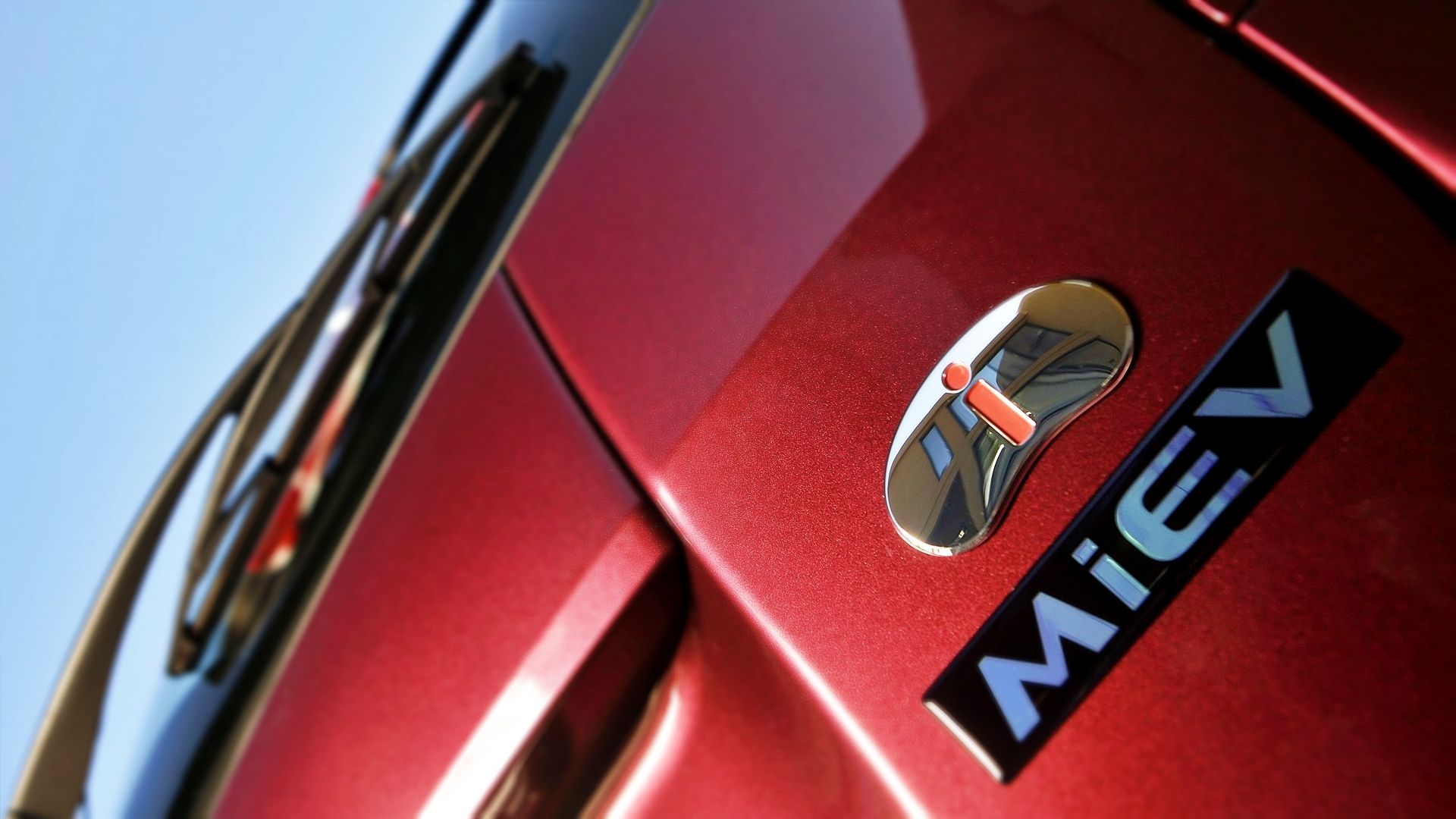
Related
The power was the same as its competitors, topping out at 64 horsepower, but what made the engine so cool was that it had dual overhead cams and five valves per cylinder (three inlet valves and two exhaust valves), a world-first for a mass-produced car. “Dangan” means “bullet” in Japanese, and the car lived up to its name, so you owe it to yourself to drive one if you ever get the chance.
3
Daihatsu Leeza Spider
First Model Year: (1991)
|
Layout |
Front-engine, front-wheel drive |
|---|---|
|
Engine |
Turbocharged 659cc I3 |
|
Body Style |
2-door convertible |
|
Generations |
1 |
|
Cool Factor |
Ultra-rare convertible Kei car |
The Leeza Spider is one of the most obscure Kei sports cars ever built because it wasn’t a vehicle anyone really asked for. Before its debut in 1991, the Leeza was an economical, but rather basic, two-door hatchback that could fit four passengers in the right configuration.
However, the late 80s and early 90s were a wild time for the Japanese auto industry, and Daihatsu decided it wanted to do something drastic with the Leeza. It chopped the top off, shoved a 659 cc turbocharged engine under the hood, gave it leather seats, a hood scoop, and graphics, and voilà, the Leeza Spider was born. It was a wild FWD model, one that’s exceptionally rare, with some estimating only 200 were produced over three years.
4
Honda Beat
First Model Year: (1991)
|
Layout |
Mid-engine, rear-wheel drive |
|---|---|
|
Engine |
Naturally aspirated 656cc I3 |
|
Body Style |
2-door convertible |
|
Generations |
1 |
|
Cool Factor |
Designed by Pininfarina, revs to 8,500 RPM |
The Honda Beat is the first of two roadster Kei cars that would probably be the closest replacements to a Mazda Miata at a low price. This Kei car is iconic, because no one saw it coming. Honda dropped it out of nowhere, with a design penned by Pininfarina, a mid-engined platform, and a naturally aspirated, 63-horsepower engine capable of revving to 8,500 rpm. Paired strictly with a 5-speed manual and sending all of that power to the rear wheels, the model was known for its precise steering and great balance and begged to be wrung out on a mountain road. It’s a sweet car, one that can only be rivaled by a coffee-labeled competitor…
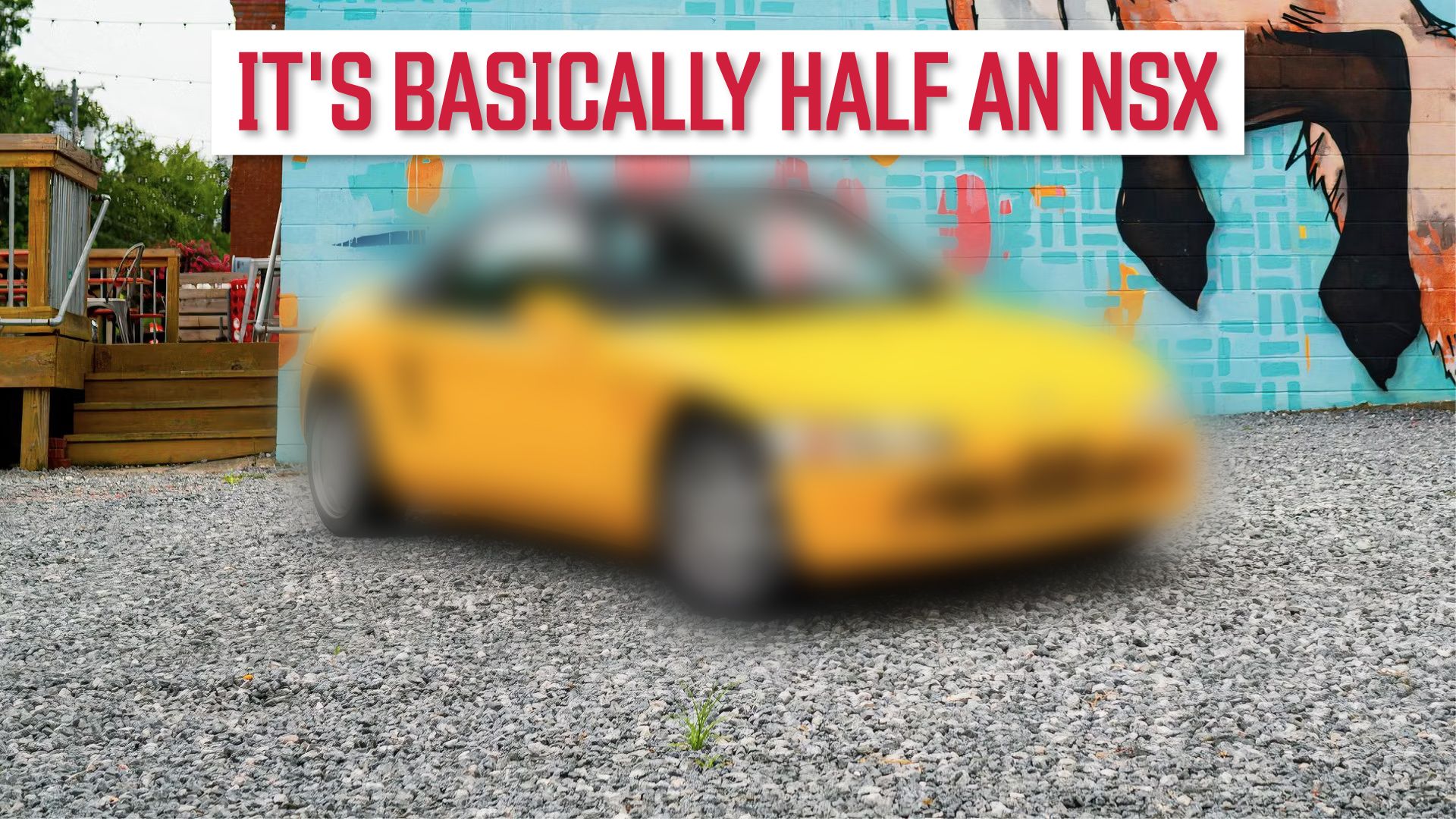
Related
Honda Once Built A Smaller Version Of The NSX
You know and love the NSX and the S2000, but did you know about their 1,676-pound, three-cylinder baby brother?
5
Suzuki Cappuccino
First Model Year: (1991)
|
Layout |
Front-engine, rear-wheel drive |
|---|---|
|
Engine |
Turbocharged 657cc I3 |
|
Body Style |
2-door targa roadster |
|
Generations |
1 |
|
Cool Factor |
50:50 weight balance, RWD, turbocharged |
The Suzuki Cappucino was less extreme compared to the Honda Beat, but it’s no less beloved. Suzuki decided to create a conventional roadster, one with a front-engine layout, a manual transmission, and RWD. The looks were basic and cute, but it set itself apart thanks to a Targa top, that gave the car a more conventional coupe feel.
The turbocharged engine (which still made 63 horsepower) was a highlight, because it could rev to a stratospheric 9,300 rpm, and 50:50 weight distribution (supposedly only when two passengers were sitting in the car) made it immensely chuckable. It had an incredible feel, again, just like the Beat, and we say you can’t go wrong with either one if you’re looking to supplant Mazda’s best.
6
Autozam AZ-1
First Model Year: (1992)
|
Layout |
Mid-engine, rear-wheel drive |
|---|---|
|
Engine |
Turbocharged 657cc I3 |
|
Body Style |
2-door coupe with gullwing doors |
|
Generations |
1 |
|
Cool Factor |
Futuristic looks and gullwing doors |
If you’re a fan of the Suzuki engine, but wish you could get it something 10 times more absurd, we have great news! We did mention that the early 90s were a wild time in Japan. Well, it was so crazy, Mazda envisioned a Kei car with the looks and technology of an exotic supercar. The AZ-1 (also briefly sold as the Suzuki Cara) was a radical sports car sold under the short-lived Autozam sub-brand with a mid-engined design, a massive rear wing, and genuine gull-wing doors.
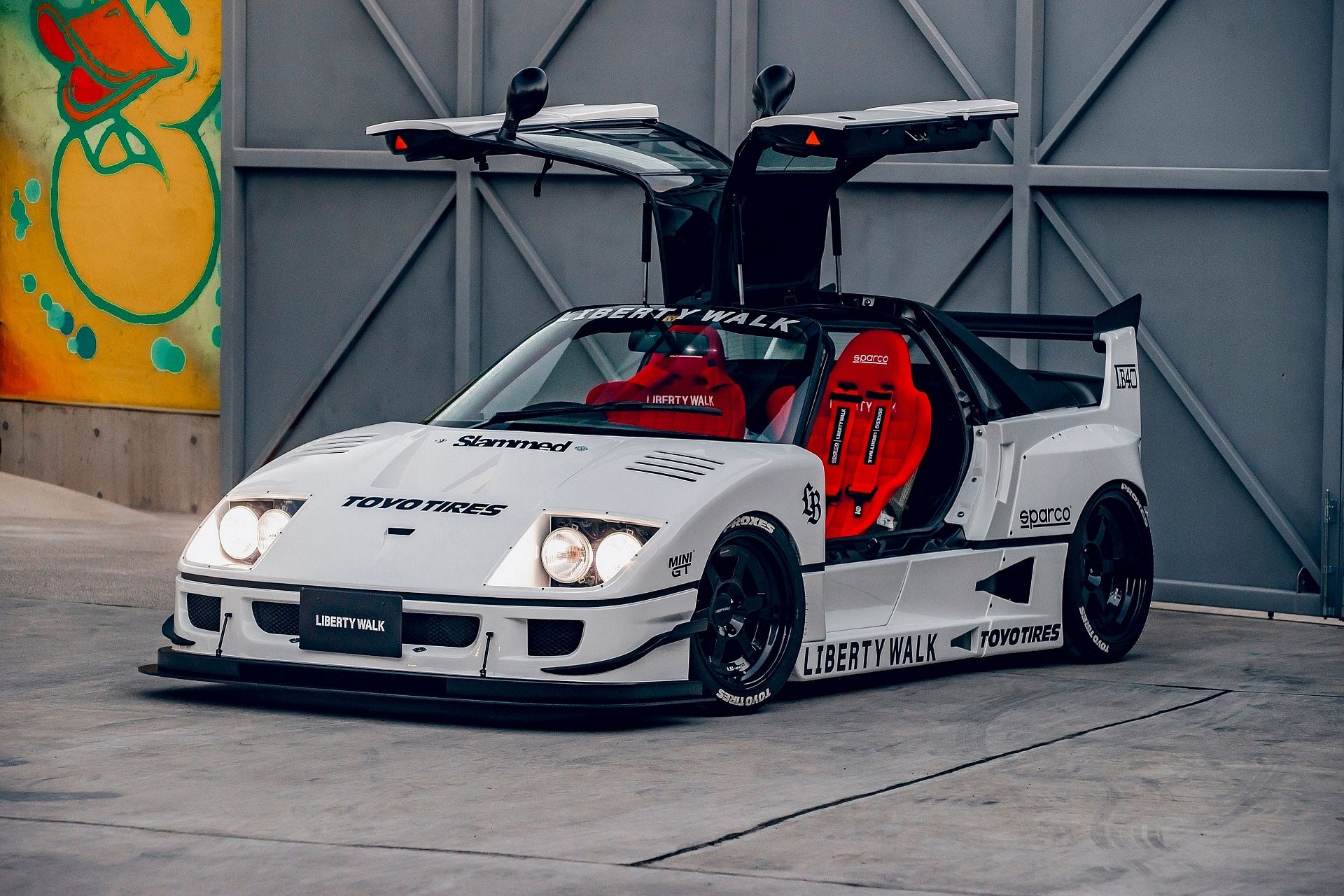
Related
Liberty Walk’s Autozam AZ-1 Looks Like A Mini Ferrari F40
F40 looks and gullwing doors – how can you not love this?
It looks inherently sporty, and we think it’s one of the best-looking Kei cars of the era, especially the highly-rare Mazdaspeed versions. Popular imports, the AZ-1 also makes an exciting platform for projects, though its rarity is starting to throw a wrench in those types of plans.
7
Subaru Vivio RX-R
First Model Year: (1992)
|
Layout |
Front-engine, front- or full-time all-wheel drive |
|---|---|
|
Engine |
Supercharged 658cc I4 |
|
Body Style |
3-door hatchback |
|
Generations |
1 |
|
Cool Factor |
Rally-bred hatch with a supercharger and AWD |
The Subaru Vivio RX-R may look mild, but it has the heart of a rally icon. The 90s were when Subaru really got its rallying ambitions kicked into gear and it decided even its smaller model needed a taste of the good life. It was handed a supercharged inline-four engine and a five-speed manual, and then Subaru let it loose. A stripped-down version was entered in a few rallies, performing better than most people expected, but the most famous was the 1993 Safari Rally when Colin McRae got behind the wheel. It never raced to any genuine acclaim, but it impressed, and today exists as a small, and often forgotten, part of the brand’s rallying history.
8
Daihatsu Mira TR-XX Avanzato
First Model Year: (1994)
|
Layout |
Front-engine, front- or all-wheel drive |
|---|---|
|
Engine |
Turbocharged 659cc I4 |
|
Body Style |
3-door hatchback |
|
Generations |
3 (as TR-XX variants of the Mira) |
|
Cool Factor |
JDM tuner-ready hot hatch with AWD |
The Mira TR-XX Avanzato was Daihatsu’s answer to the growing Kei hot hatch crowd, and it was built to loosen the stranglehold competitors like Subaru had on the market. The above-pictured vehicle is the second-generation version of the model, yet performance was the same.
The TR-XX was the base model, and it featured a turbocharged single overhead cam, 12-valve four-cylinder, upgraded suspension, Recaro seats, and more. The Avanzato variants brought even more to the model, including limited slip differential and multi-mode drive systems. We love the hatchback’s styling more than anything, especially the dual rear wings and big hood scoop, and think it stands out from its contemporaries.
9
Daihatsu Copen
First Model Year: (2002)
|
Layout |
Front-engine, front-wheel drive |
|---|---|
|
Engine |
Turbocharged 659cc I4 (Gen 1) / NA 660cc I3 (later) |
|
Body Style |
2-door convertible |
|
Generations |
2 |
|
Cool Factor |
Tiny roadster with a power-folding roof |
This is the last Daihatsu on this list, and unfortunately, it’s not one we can get in the US quite yet. The Copen was the successor to the Leeza Spider, and it was a much more fleshed-out model. The first generation featured purposefully nostalgic styling influenced by vehicles like the contemporary Audi TT, and you can even see bits of the New Beetle in it as well.
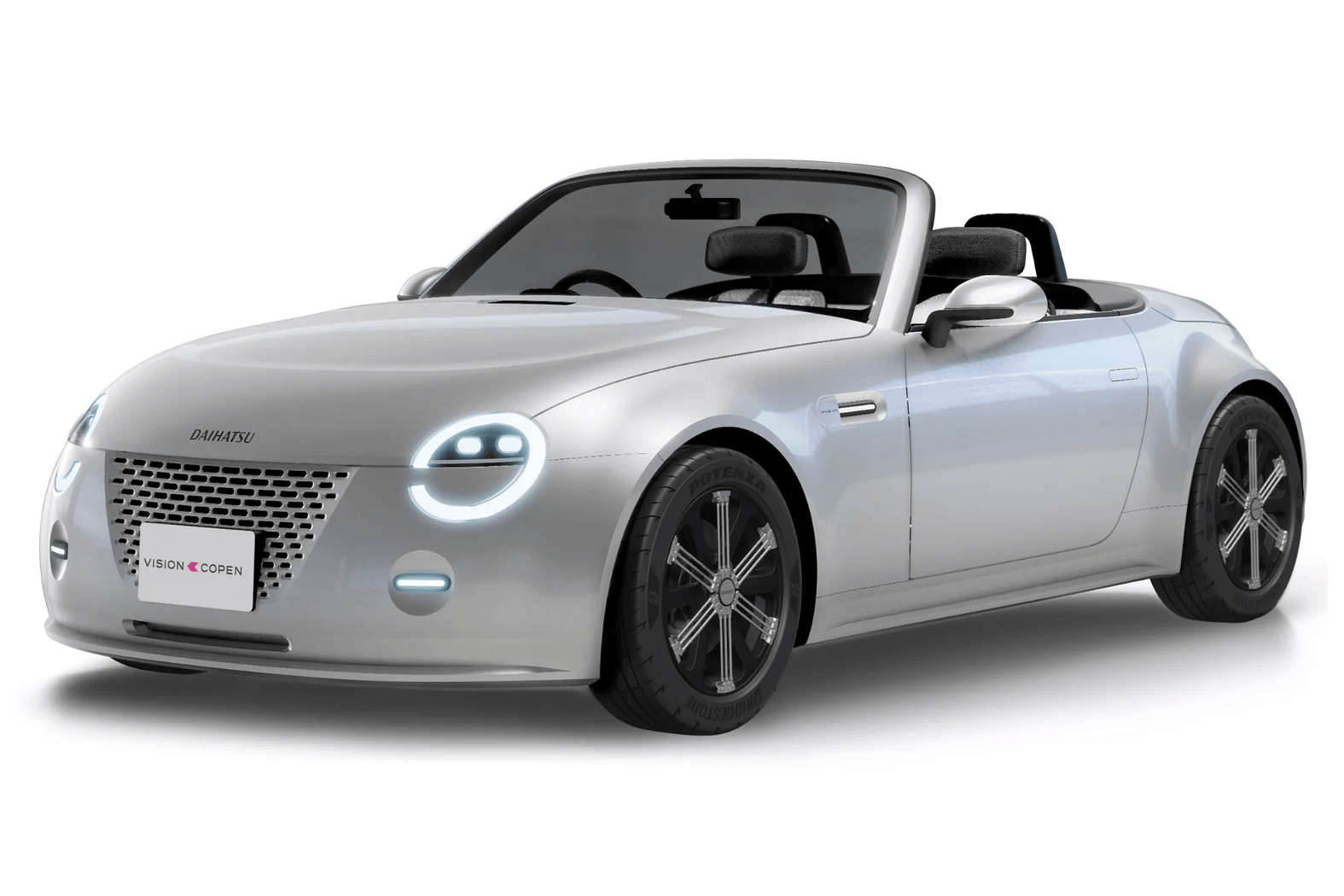
Related
Daihatsu Copen Dreams Of Becoming A Mazda Miata Fighter
It will be shown in the metal at the upcoming 2023 Japan Mobility Show.
Featuring a front engine, FWD design, it wasn’t exactly the sportiest car out there, but it made up for that with character. The second-generation model went in a much more conventional direction, with styling that is more aggressive. This generation even features a GR version, since Toyota owns Daihatsu, but don’t think power is increased, because it’s constantly sitting at 63 horses.
10
Honda S660
First Model Year: (2015)
|
Layout |
Mid-engine, rear-wheel drive |
|---|---|
|
Engine |
Turbocharged 658cc I3 |
|
Body Style |
2-door convertible |
|
Generations |
1 |
|
Cool Factor |
Modern mid-engine Kei car 6-speed manual |
The final model on this list is another vehicle we’re not going to be able to import for a long time, and that’s a major shame because it’s pretty sweet. The spiritual successor to the Beat, the Honda S660, is again a mid-engined roadster with RWD, mated to either a 6-speed manual or a CVT. The Beat had NSX comparisons the first time around, but it’s impossible to miss the similarities this time, as it simply looks like a second-gen Acura NSX that’s been squished and had its roof cut off.
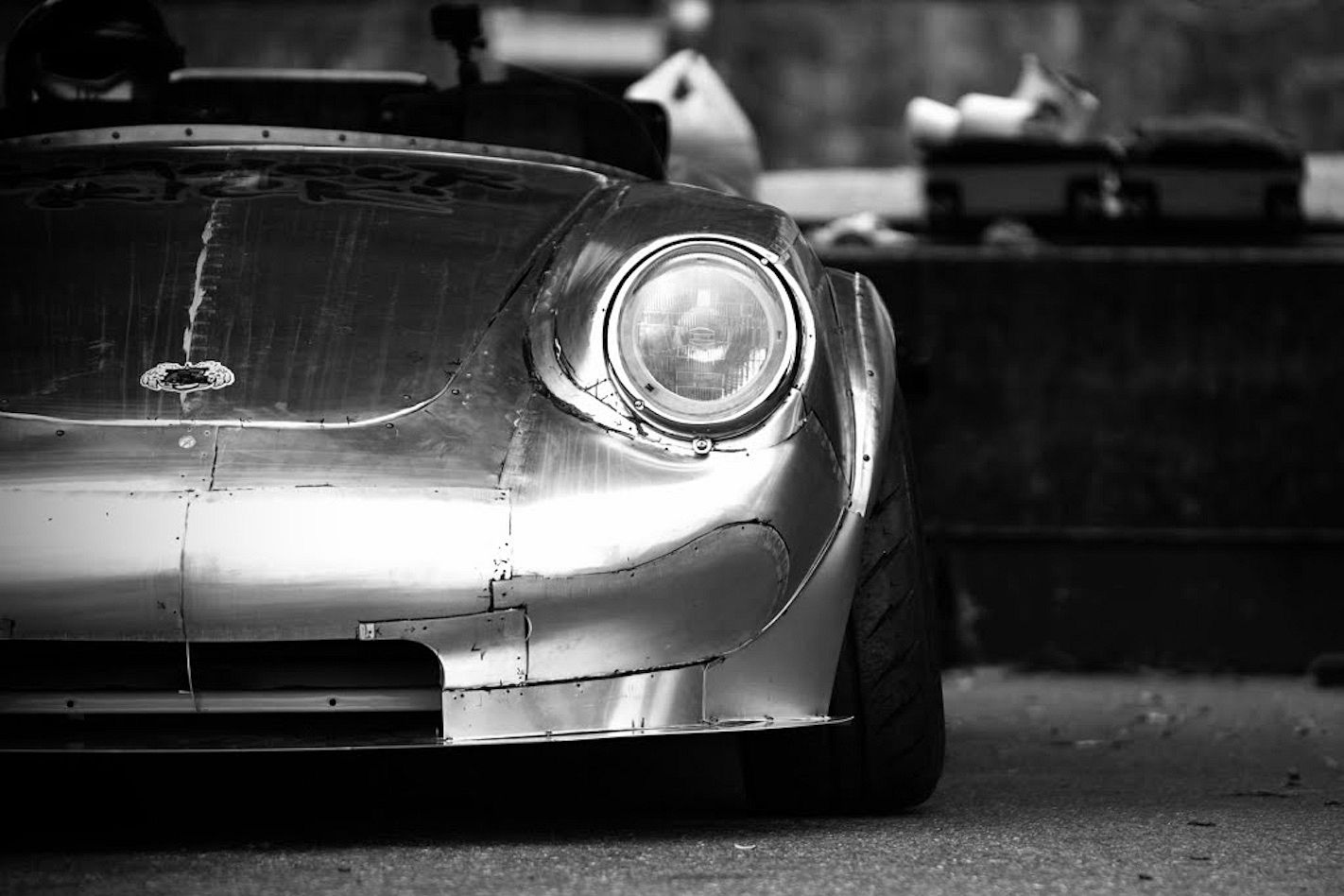
Related
Honda S660 Powered By A Suzuki Hayabusa Engine Wants To Be A Porsche
The builder wanted to turn this vehicle into a proper drift car.
It’s more a Targa than a true convertible but we think that adds to the car’s appeal, as does the fun-driving character it exudes. You can have fun driving this car in the city or on a twisty mountain road, and because it has such little power, the chances of you getting yourself into trouble are pretty low. The first S660 came out in 2015, so we only have another 15 years to go before we can import one. Ugh.






